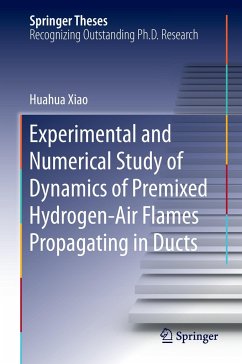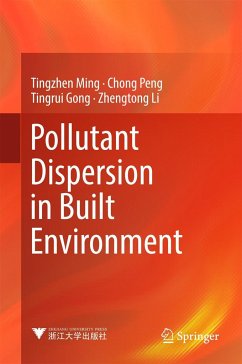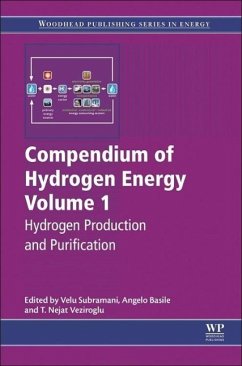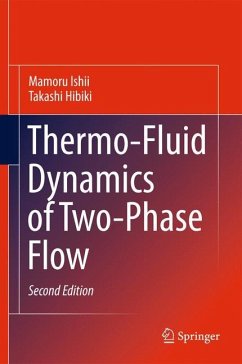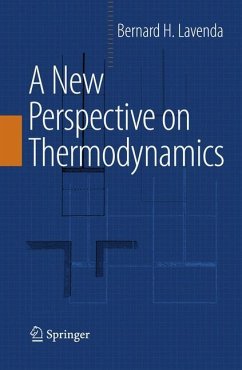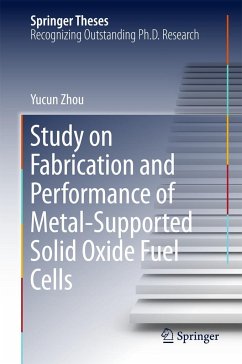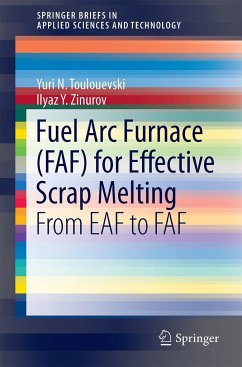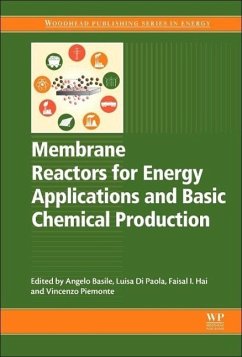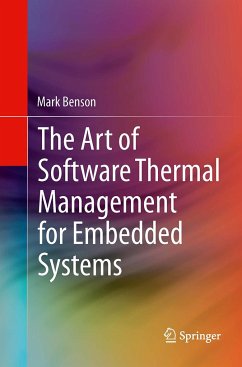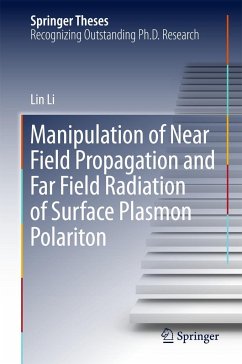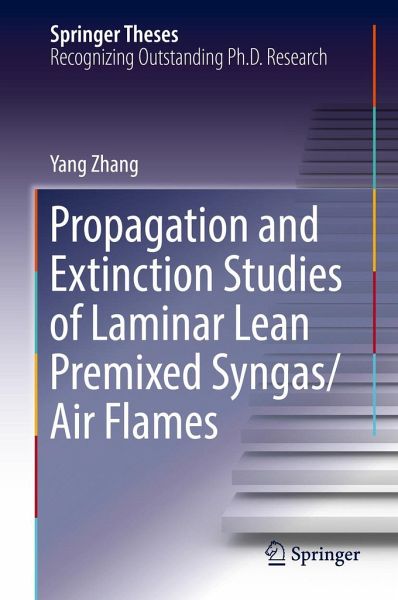
Propagation and Extinction Studies of Laminar Lean Premixed Syngas/Air Flames
Versandkostenfrei!
Versandfertig in 6-10 Tagen
76,99 €
inkl. MwSt.
Weitere Ausgaben:

PAYBACK Punkte
38 °P sammeln!
This thesis presents pioneering experimental and numerical studies on three aspects of the combustion characteristics of lean premixed syngas/air flames, namely the laminar flame speed, extinction limit and flammability limit. It illustrates a new extinction exponent concept, which enriches the combustion theory.Above all, the book provides the following: a) a series of carefully measured data and theoretical analyses to reveal the intrinsic mechanisms of the fuel composition effect on the propagation and extinction of lean syngas/air flames; b) a mixing model and correlation to predict the la...
This thesis presents pioneering experimental and numerical studies on three aspects of the combustion characteristics of lean premixed syngas/air flames, namely the laminar flame speed, extinction limit and flammability limit. It illustrates a new extinction exponent concept, which enriches the combustion theory.
Above all, the book provides the following: a) a series of carefully measured data and theoretical analyses to reveal the intrinsic mechanisms of the fuel composition effect on the propagation and extinction of lean syngas/air flames; b) a mixing model and correlation to predict the laminar flame speed of multi-component syngas fuels, intended for engineering computations; c) a new "extinction exponent" concept to describe the critical effects of chemical kinetics on the extinction of lean premixed syngas/air flames; and d) the effects and mechanism of the dilution of incombustible components on lean premixed syngas/air flames and the preferential importance among the thermal, chemical and diffusion effects.
Above all, the book provides the following: a) a series of carefully measured data and theoretical analyses to reveal the intrinsic mechanisms of the fuel composition effect on the propagation and extinction of lean syngas/air flames; b) a mixing model and correlation to predict the laminar flame speed of multi-component syngas fuels, intended for engineering computations; c) a new "extinction exponent" concept to describe the critical effects of chemical kinetics on the extinction of lean premixed syngas/air flames; and d) the effects and mechanism of the dilution of incombustible components on lean premixed syngas/air flames and the preferential importance among the thermal, chemical and diffusion effects.





